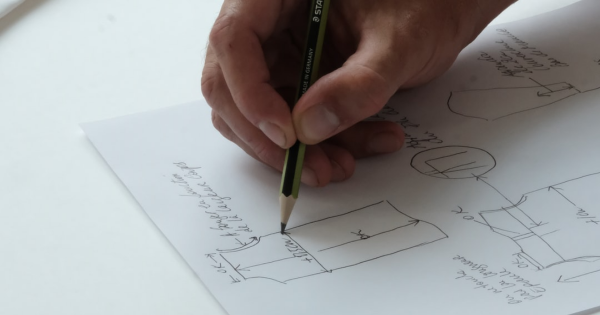3 Prototyping Mistakes to Avoid When Developing a New Product
Developing a new product can be an exciting time for any organization. After all, small manufacturers saw a 17.5% increase in average sales on improved goods and services when they invested in design. But while innovation is essential in order to grow and compete, there are also a lot of risks involved during the product development phase.
Prototyping is an essential part of this process, as your initial product prototype can inform all of the design and development decisions you make moving forward. However, this vital prototyping step can also bring about a number of mistakes. While working with a product design firm can help you avoid many of them, here are just three you’ll want to prevent within your own organization.
- Focusing Too Much on Visual Appeal: Your initial product prototype should be focused on functional features. If you get too caught up in the visual design at the very beginning, you could easily get bogged down in detail that can be more efficiently addressed later on. While it’s good to be thinking about consumer appeal, those concerns should come in further down the line. Aesthetics do matter for the final design — but you may not even get to that point if you’re too distracted by them from the start. It’s best to get the other features figured out before you waste time perfecting a visual design that might have to go through additional changes later.
- Forgetting About Compliance Requirements: Keep in mind that the prototyping process represents the ideal time to address compliance specifications. This is especially important for organizations that plan to appeal to international markets with their products. If you fail to address these requirements during the prototyping phase, you might have to entirely redesign the product later on — costing you time and money. Making sure to factor in compliance from the onset can help guide you throughout the process and ensure you’re thinking about how your product can function (and sell) as intended both at home and abroad.
- Becoming Overly Attached to Ideas: It’s easy to become personally invested in your prototype. Developing something new requires you to care about the final result — and that can make it hard to stay objective. You and your coworkers will need to remind yourselves not to become too attached to the initial vision for this product. The vast majority of ideas will undergo significant changes throughout the design and development process. If you’re unwilling to leave your ego at the door and make decisions based on what’s best for the customer, you could end up doing your organization a disservice. The entire idea of prototyping is based on making changes to improve the final result, so remember to be flexible and open.
Now that you know some of the prototype pitfalls to avoid, you can move forward with a proven process. If your business plans to develop new products or you want to streamline your product design processes, we’re here to help. For more information, please contact our team today.



